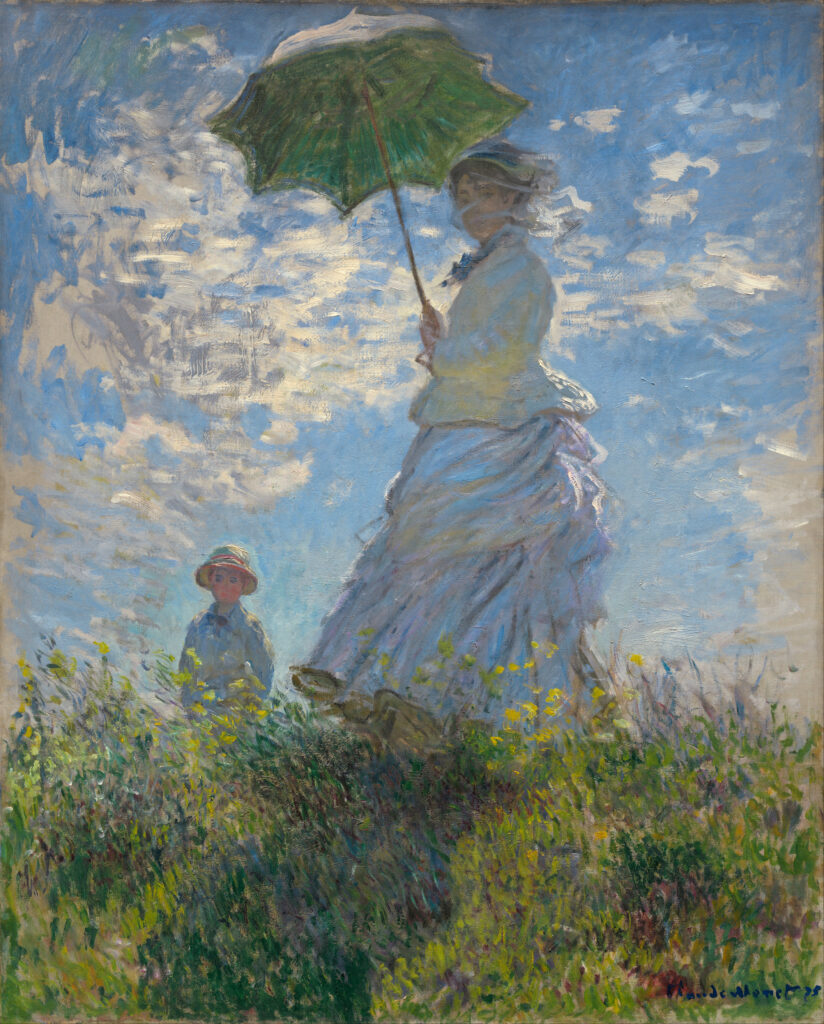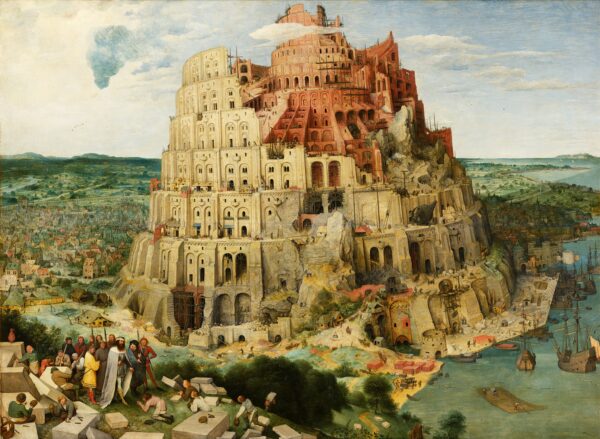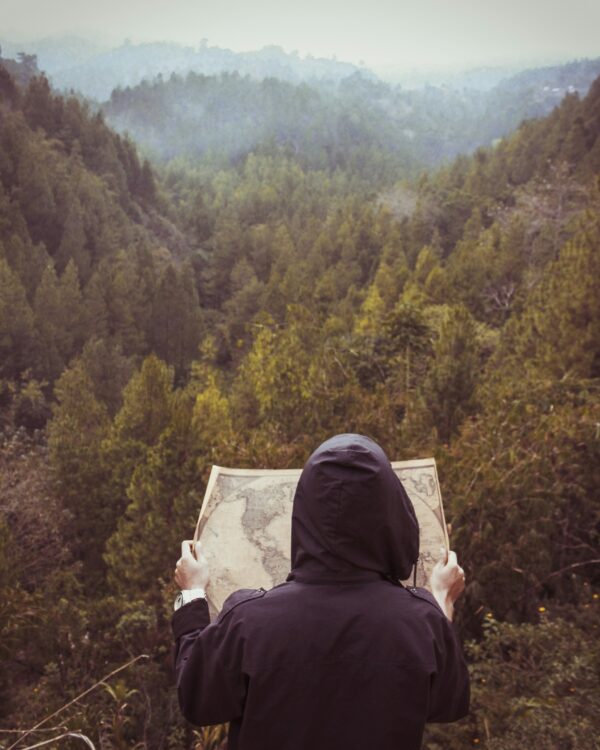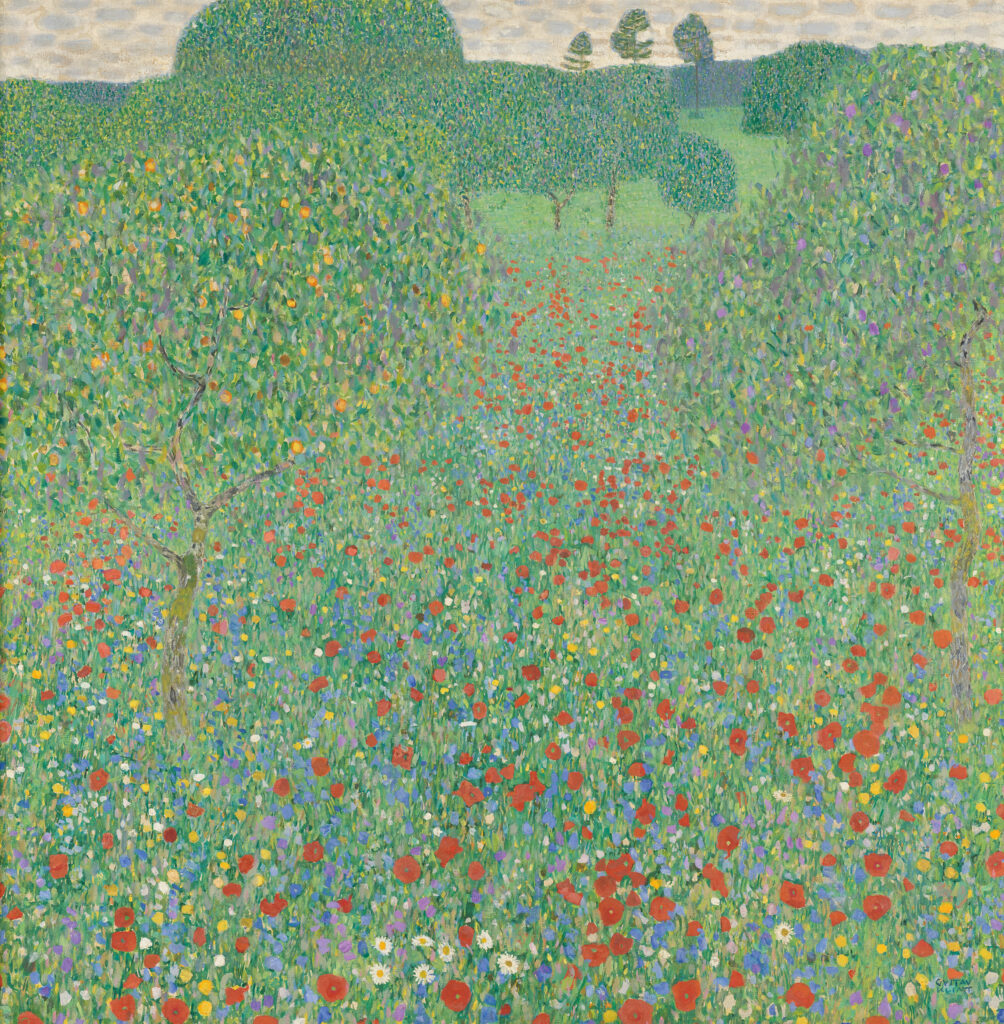
I didn’t care about oil paintings. I never really gave them a moment of thought past “they exist.” I certainly had nothing against fine art, classical works, or modern masterpieces. It just didn’t interest me. Then I visited the Tate. The Tate Britain art gallery is in London, UK near Westminster Abbey and the houses of parliament. I traveled to the the U.K. in 2022 with my mother to visit family, and just to be tourists for a week. We visited the Tate gallery because the National Portrait Gallery, where my mother had visited on a previous stay, was closed. I was looking forward to the gallery, but I did not expect to see what it was that I saw. Inside the Tate Britain are some of the greatest pieces of art I have ever seen. There were famous paintings, like Ophelia by John Everett Millais and The Great Day of His Wrath by John Martin, but there were also lesser-known but nonetheless incredible pieces such Saint Eulalia by John William Waterhouse and Zonnebeke by Sir William Orpen. Since visiting the Tate in 2022 with my mother and again in 2023 with my wife, I have filled up folders on my computer with images of these paintings and more to remind myself of the art that I felt was great at the time. Before seeing these works in person, I may not have felt so strongly about them if I saw digital versions. I believe that many forms of digital mediation can dull the impact of art that is genuinely great. There is no replacement for seeing with your own two eyes.
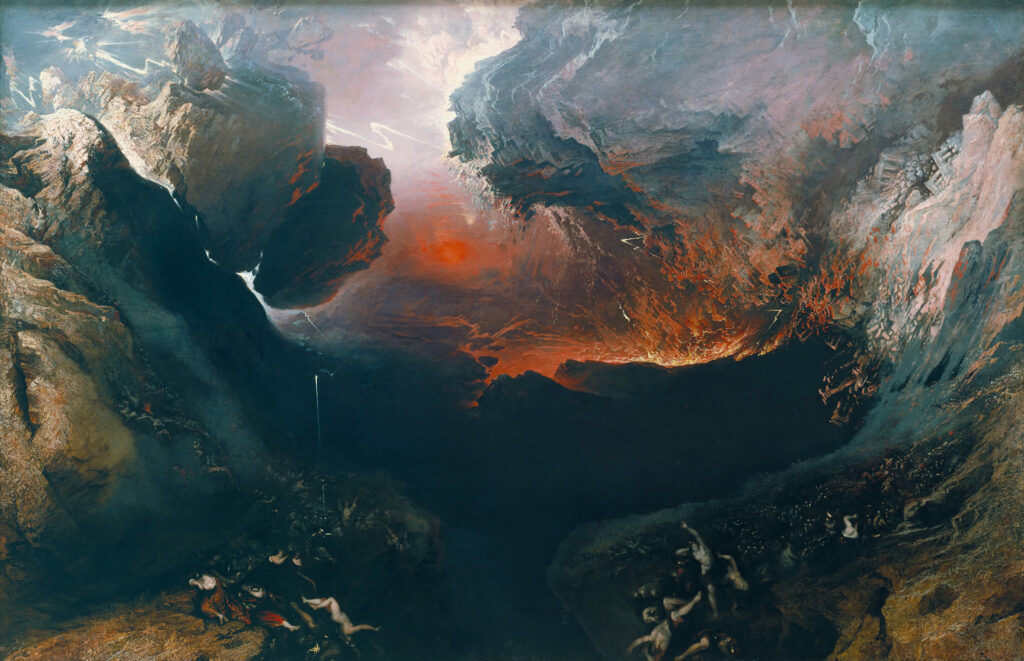
With all of that being said, digital mediation is certainly not all downside. Artists wishing to studying existing pieces can find digital versions to magnify and manipulate. This would be a challenge in some cases and impossible in others for physical works of art. Students all around the world can get access to high-quality images of truly great art that they can gawk at and be inspired by. Previously, still printed images were the only option for viewing these works of art closely, but now we have access to them mostly for free and on open platforms. This means that, for the most part, these images are either in the public domain or are under Creative Commons licences, so they can be shared freely and widely with proper attribution. There are a few platforms I have found that fit this description. The first few are museum or art gallery websites: the Tate art gallery, The Metropolitan Museum of Art, and the National Gallery of Art. All of these websites feature good-quality search engines, a wide range and depth of artworks, and high-quality images to download. Some sites also have kids sections (Tate Kids and MetKids) which leave out the more inappropriate artworks for young children and include many games, activities, stories, videos, and other interactive features. Teachers can let kids loose on these platforms and are likely to get reasonably good results.
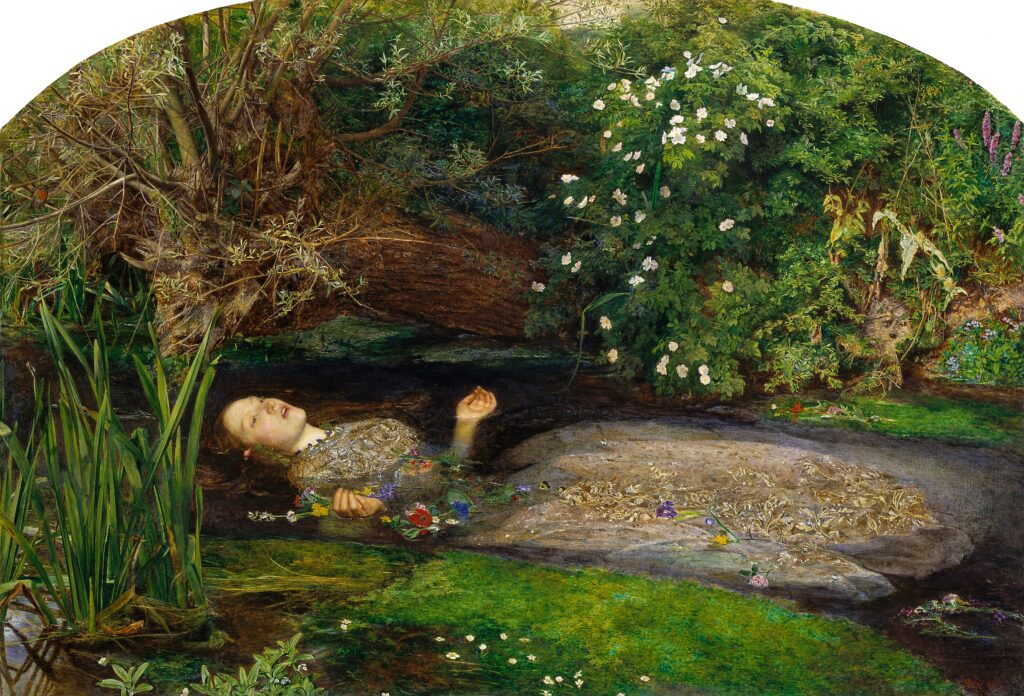
The last couple of resources are a combination of image repositories and visual encyclopedias: Wikimedia Commons and Google Arts and Culture. The Commons, an arm of Wikipedia, boats a completely massive media collection, featuring pretty much every work of art, artist, artistic movement, or time period you could possibly need for your artistic studies. It also offers a range of file sizes to download, which can make a big difference on what you’re doing with those images. For example, you need the pixel-dense ones for your slideshows or backgrounds and the less dense ones for your Instagram posts. Some of the images on the Commons are completely massive – I’m talking a 300,000 kb file size, in the case of The Fall of the Rebel Angels by Pieter Bruegel the Elder, which inspired the title of this blog post – and those images are there courtesy of Google Arts and Culture. In a similar fashion to what’s been done on Google Maps, they have gone around the world painstakingly capturing thousands upon thousands of art works in ridiculously high detail. The website doesn’t allow image downloads (though as mentioned before, Wikimedia Commons features many of the Google Arts and Culture images anyway) but it still lets you inspect and magnify the images to resolutions I have never seen before. These images offer a closer view of the art than you could ever see in person. This perspective offers a completely different but still awe-inspiring reaction than seeing the art in person. I have spent far too long gazing at these magnified images on my computer, taking in the brush strokes, the fine detail, and the sheer scale of some of these art works. I can imagine children in a school doing the exact same thing, spending their entire computer lab time scrolling around a Monet painting looking at all the brush strokes and paint dabs.
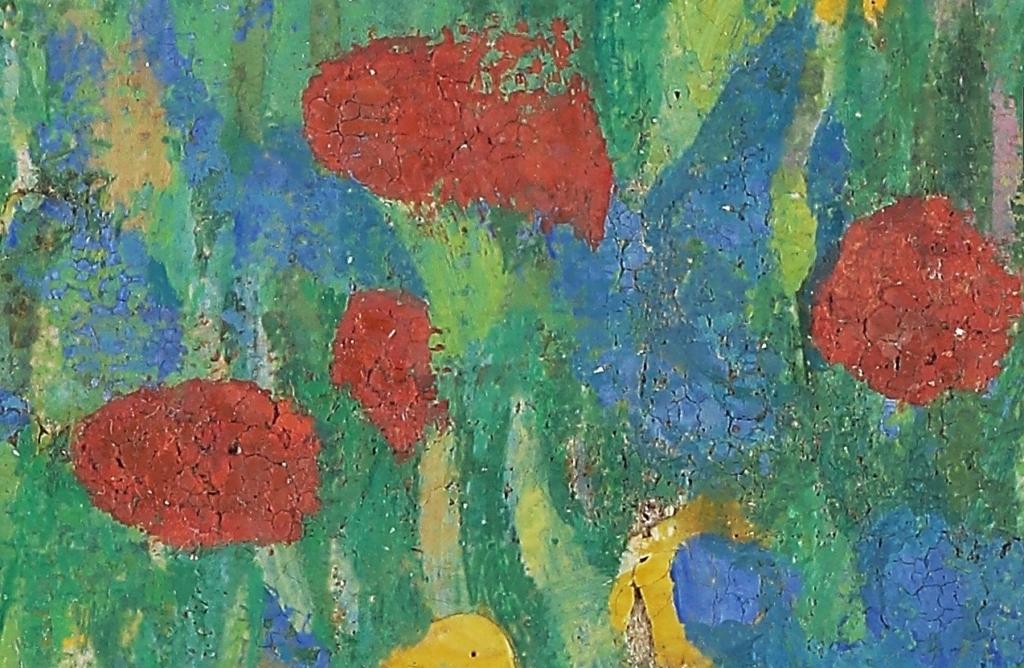
My awe for fine arts, especially oil paintings currently, is rooted in seeing great works of art in person. I have been rendered truly awestruck by seeing works like Gordale Scar by James Ward and Oreads by Annie Louisa Swynnerton. And yes, it does feel a little silly to say this as a 26-year old man. But seeing paintings like these in person changed my views completely. Without highly advanced digital technologies, however, it would be difficult to share my passion with the world. I need these image repositories, I need this blog, and I need powerful cameras and scanners to get my point across and include references so I don’t just sound like a nut. I ooh-ed and ahh-ed at the paintings on Google Arts and Culture, and so did my wife and my sister when I showed them the website. Digital resources may not be able to replicate an in-person experience, but they can certainly produce different positive experiences with art that are just as valuable. I believe that these tools are useful for teachers and useful for students across a myriad of different topics and subjects. We here in B.C. don’t have the luxury of taking our students to the MET or the Tate galleries. But, we do have computers, and that’s more than good enough in this case.
